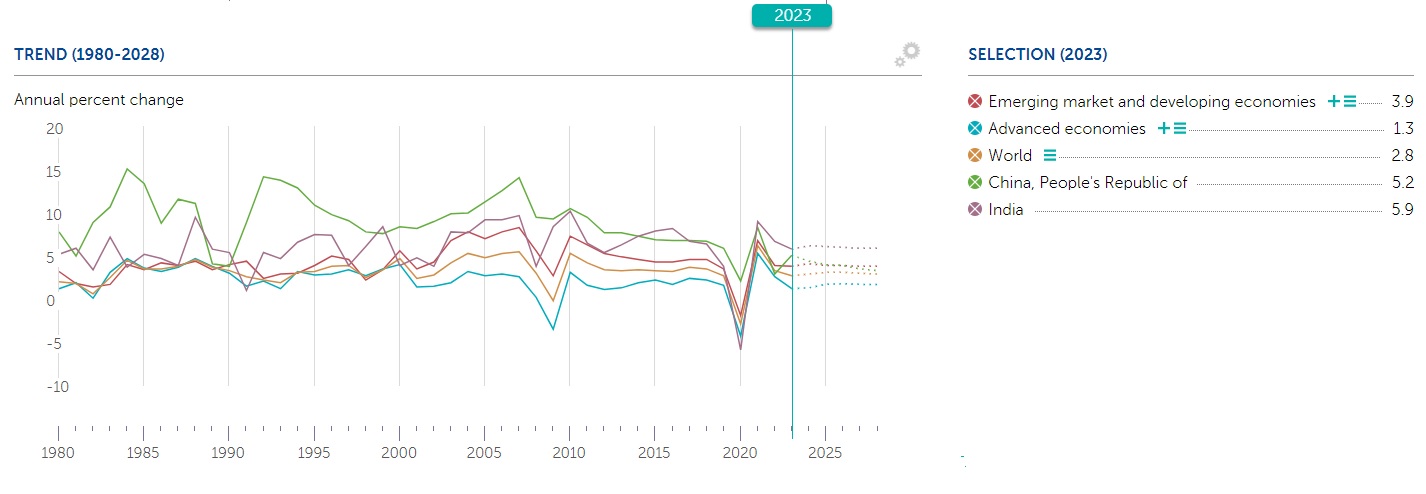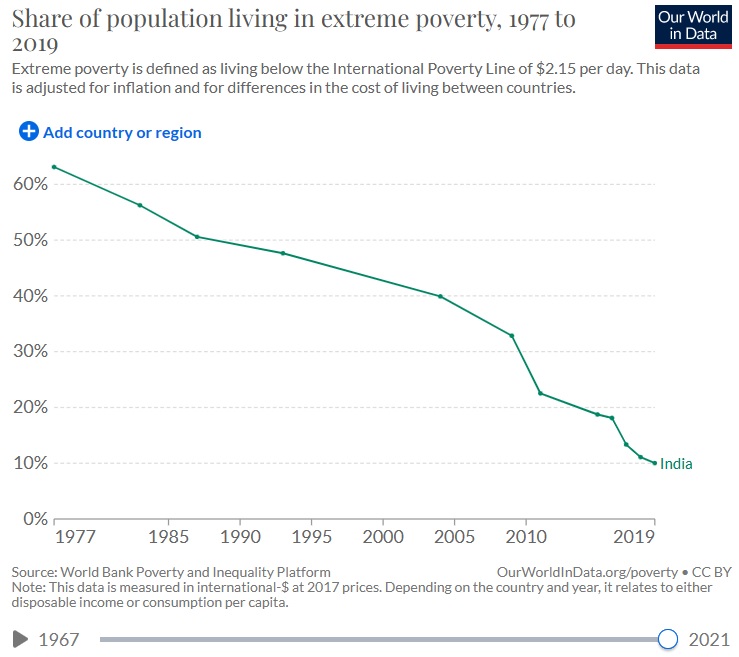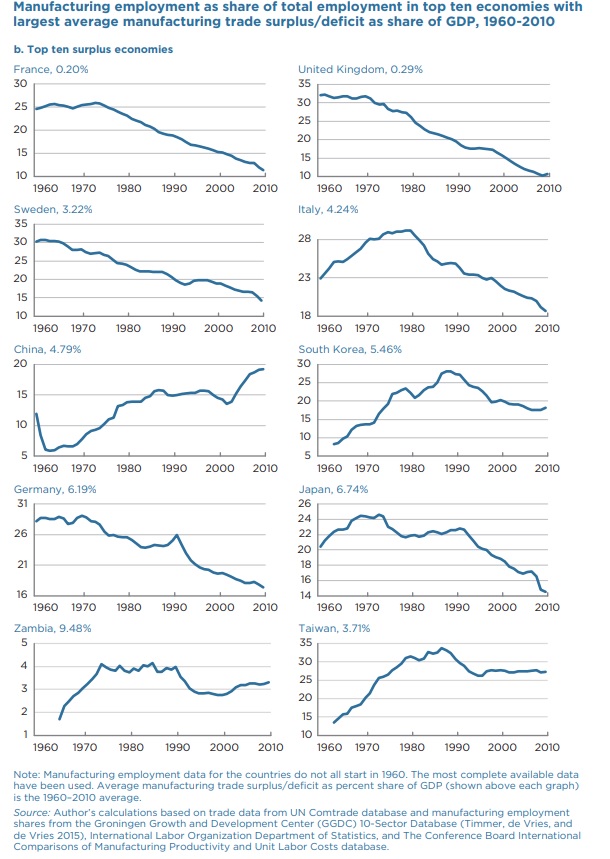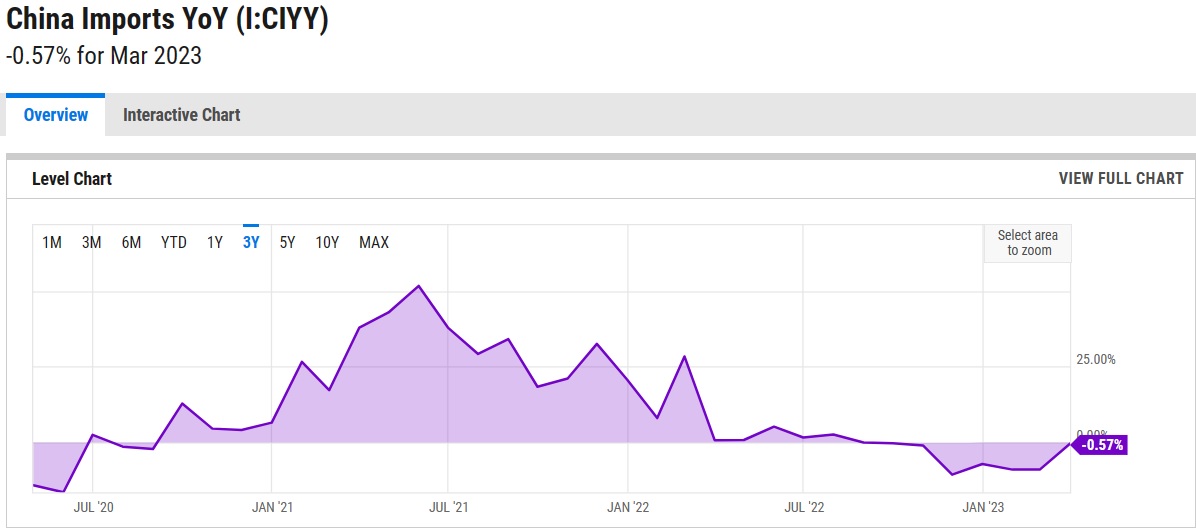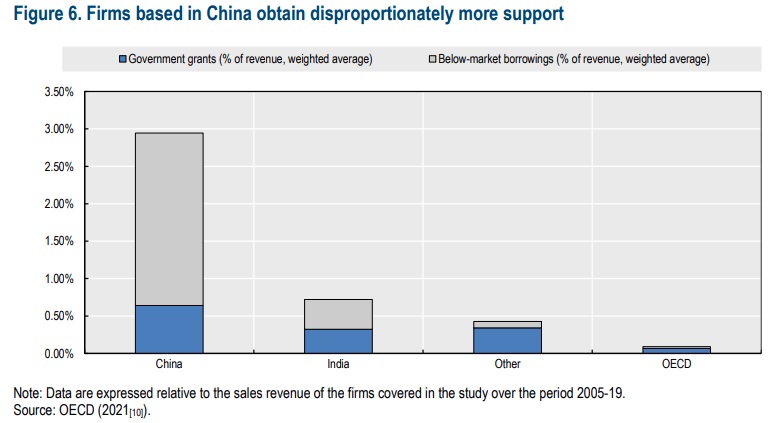We don’t believe it’s a coincidence that upon reading a study about groups of drunk people doing as well as sober people shortly thereafter we read about an experiment where parrots* contacted each other via video calls. Yes a recently released study took 286 college students, got them drunk on vodka tonics with orange juice (we’re not hiring that mixologist) and tested them on how well they count the number of times the word “the” was used in a spoken passage. Drunk individuals, as one would expect, did worse than sober ones. But as a group the drunks did about as well as a group of sober people. The study soberly observes, “The evidence highlights that under certain conditions, group process can compensate for the cognitively impairing effects of alcohol on individuals.” The wisdom of crowds, so to speak, in a slurred voice.
Meanwhile, parrots, in a separate completely unrelated study, were allowed to make video calls to other parrots. It is a little alarming that birds are more technologically capable than certain aged relatives of ours. But putting that aside, the study, which involved giving the birds a tablet on which they could make video calls (video here), “found that they began to engage in more social behavior including preening, singing and playing.” The parrots who made calls were much happier and content than the parrots who did not. Apparently, according to the study, there are 20 million parrots living in households, usually alone. So if we understand all of this correctly, a group of drunk people can be relied on as much as a group of sober people (which will come as a big surprise to anyone who’s attended a soccer game in Europe) and it is good for birds to make video calls. While we take a group of scientists out on a pub crawl, we examine India’s economic success, point out we’re all losing manufacturing jobs and explain that China won’t save the world economy. It’s this week’s International Need to Know, going back to school to become a drunk ornithologist.
*We’ve received a number of inquiries about how the birds on our porch are doing. So far they appear to have avoided Stache and other menaces. The father bird is busy delivering worms to the nest. From deep Internet investigation (five minutes on Bing) apparently the eggs should hatch any day now. We have also been informed our porch nesters are juncos. Previously we were only aware of the song Junco Partner performed by James Booker and the keen and grooving cover by Dr John. It is now the official theme song of the porch.
Without further ado, here’s what you need to know.
India Rising?
For many reasons, India is one of the six most important countries in the world. People are starting to pay more attention to it recently including because officially it is now more populous than China (pro tip: it likely has been larger than China for a number of years). But also its economy has been doing relatively well. Since 2021, India’s economy has grown faster than other emerging markets and developing countries as you can see in the first chart below. It has generally had high growth for two decades now. As a consequence the number of Indians living in extreme poverty has dropped from 40 percent to today just under 10 percent as you can see in the second chart below. And as you’ve probably read, Apple and a number of other companies are shifting parts of their supply chains to India. But India has challenges too. It needs to become less bureaucratic and to build infrastructure efficiently and strategically.* India has increased its investment in infrastructure in recent years but it remains to be seen (similar to here in the U.S. and its Inflation Reduction Act) whether it will build efficiently. This is one of the 17 most important questions facing the world.
*China built infrastructure quickly and strategically in the 1980s and 1990s. Then the last two decades it built a lot of infrastructure merely to artificially maintain high GDP growth rates. India should try to avoid that.
A Manufacturing Reminder
As countries look to re-shore manufacturing jobs it’s time to again remind ourselves that this will not mean a large increase of manufacturing jobs for these countries. Though there might be strategic reasons to domestically manufacture certain products in key industries* and there are certainly good reasons to diversify supply chains out of China**, expecting lots of new jobs is not one of them. An updated paper on manufacturing employment shares shows that all countries see a decline in the percentage of jobs related to manufacturing over time, even trade and manufacturing powerhouses such as Germany. The paper’s authors look at the top ten countries with the largest average manufacturing trade surplus as a share of GDP and as the chart below shows, most see their share of manufacturing jobs decline at an equal rate, at least in developed countries. The chart only goes to 2010 but if you extended it to the last 13 years you would see that China’s manufacturing share also started to decline. Manufacturing jobs did not just decline in the U.S. but in just about all developed countries, mostly because manufacturing is becoming more efficient.
*Though we bet even those will require components sourced globally. E.g. Buy American provisions will not work
**This is already happening but will take a while and there will not be a complete decoupling absent some catastrophic event
China Corner: China Won’t Drive Global Economic Growth
We recently saw one official organization or another (we’ve been busy reading about drunk parrots so forget which one) state that China will be responsible for a large percentage of global economic growth over the next five years. We doubt it. In talks since the beginning of the year we’ve described the Great China Economic Illusion of 2023. Because of bounce back growth after the end of Zero Covid, China’s economy will grow for a while giving some naifs the impression it is back to the early 2000s for China’s economy. But even as China is currently growing again note that it’s not because Chinese consumers are doing well. One of many signs of this are that Chinese imports are down. Despite many claims that it is going to help households, China’s economic efforts are mostly focused on helping strategic industries. China still subsidizes its industries far more than other countries as you can see in the second chart below. And as we saw last week this is helping sectors like its auto industry to start to thrive and export. But that won’t necessarily help the world economy, and it won’t necessarily help your average Chinese. Household incomes share of GDP isn’t going up and at the same time China’s government is not working to create a social safety net. The global economy will be without the Chinese economic net in the coming years. Others will drive global economic growth more than China.

